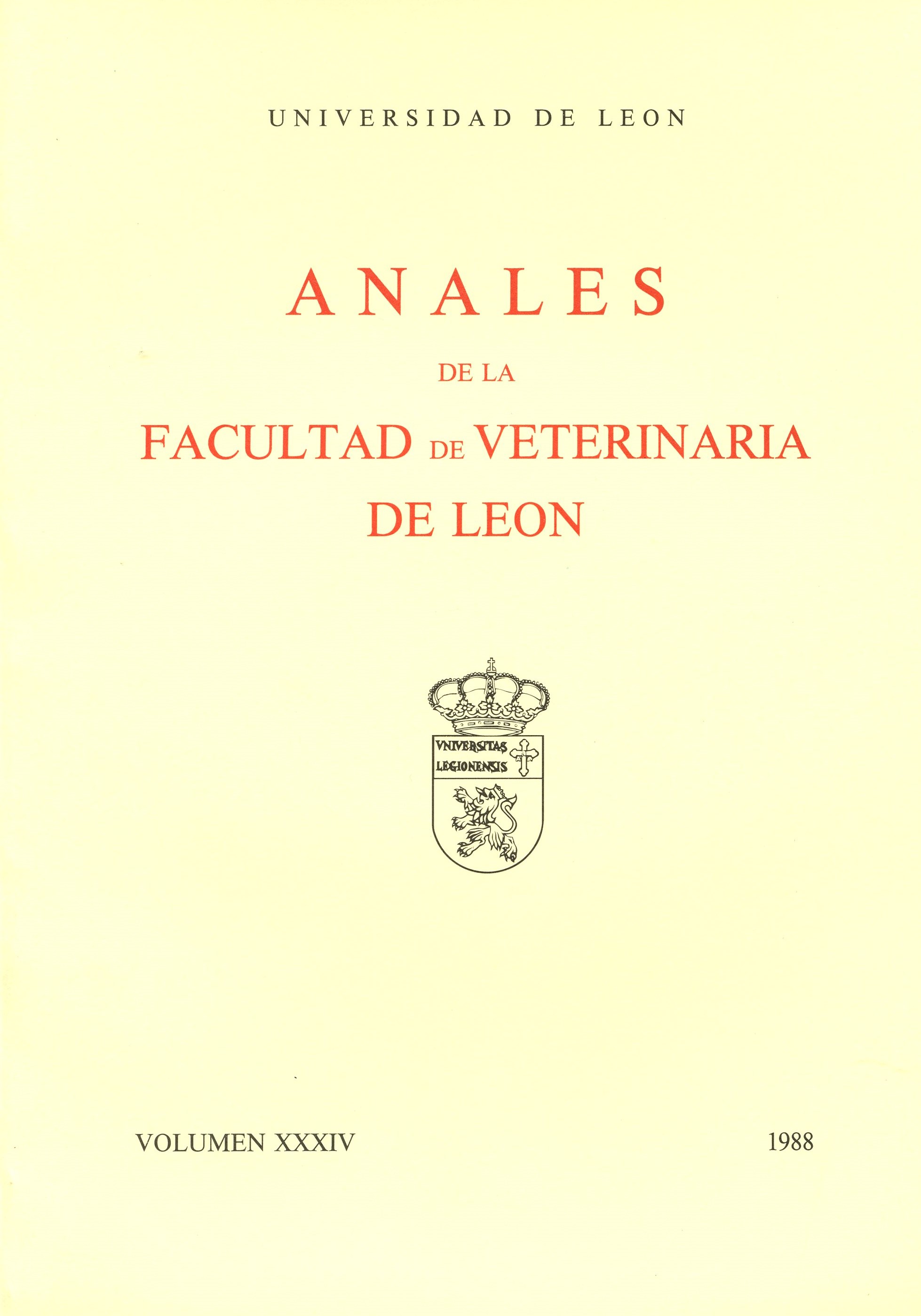Microbiological changes during the manufacture and ripening of Valdeteja cheese
DOI:
https://doi.org/10.18002/analesdeveterinaria.v34.7935Keywords:
Cheese, cheese ripening, food microbiologyAbstract
The evolution of the main groups of microorganisms in four batches of Valdeteja (Spain goat cheese has been studied. Counts of aerobic mesophilic bacteria (PCAS), aerobic psycrotrophic bacteria (PCAS), lactic streptococci (M-17), lactobacilli (Rogosa), leuconostocs: (MSE), Micrococacceae (MSA), yeasts and moulds (OGY) and Enterobacteriaceae (VRBGA) were carried out in milk, curd (0 day, inmediately after moulding) and cheese at 2, 5, 10, 17 and 27 days. Lactic acid bacteria prodominated during cheese making and ripening. Lactic streptococci and leuconostocs reached the highest levels (10 9 c.f u./g) at 0-2 days, and lactobacilli increased up to a similar figure at 17 days. Micrococacceae decreased from 10 4-10 5 c.fu./g in the curd to 10 2 c.f u./g and Enterobacteriaceae from 10 4-10 5 C.f.U./g to 10 1-10 2 c.fu./g. Yeast and moulds show a clear and progressive increase from 10 4 c.f u/g at the beginning of the ripening up to 10 6 C.f.U./g.Downloads
Download data is not yet available.
Downloads
Published
1988-01-02
Issue
Section
Research papers
License
Copyright (c) 1988 M. L. Gutiérrez, Ana Bernardo Álvarez, Josefa González Prieto, Roberto Martín Sarmiento, Francisco Javier Carballo García, María Isabel Vidal González

This work is licensed under a Creative Commons Attribution-NonCommercial-ShareAlike 4.0 International License.
Los autores que publican en esta revista están de acuerdo con los siguientes términos:
- Los autores ceden de forma no exclusiva los derechos de explotación (reproducción, distribución, comunicación pública, transformación) a la Universidad de León, por lo que pueden establecer, por separado, acuerdos adicionales para la distribución no exclusiva de la versión de la obra publicada en la revista (por ejemplo, alojarlo en un repositorio institucional o publicarlo en un libro), con un reconocimiento de su publicación inicial en esta revista.
- Este trabajo se encuentra bajo la Creative Commons Attribution-NonCommercial-ShareAlike 4.0 International License. Puede consultarse desde aquí la versión informativa y el texto legal de la licencia.
- Se permite y se anima a los autores a difundir electrónicamente las versiones pre-print (versión antes de ser evaluada) y/o post-print (versión evaluada y aceptada para su publicación) de sus obras antes de su publicación, ya que favorece su circulación y difusión más temprana y con ello un posible aumento en su citación y alcance entre la comunidad académica.







